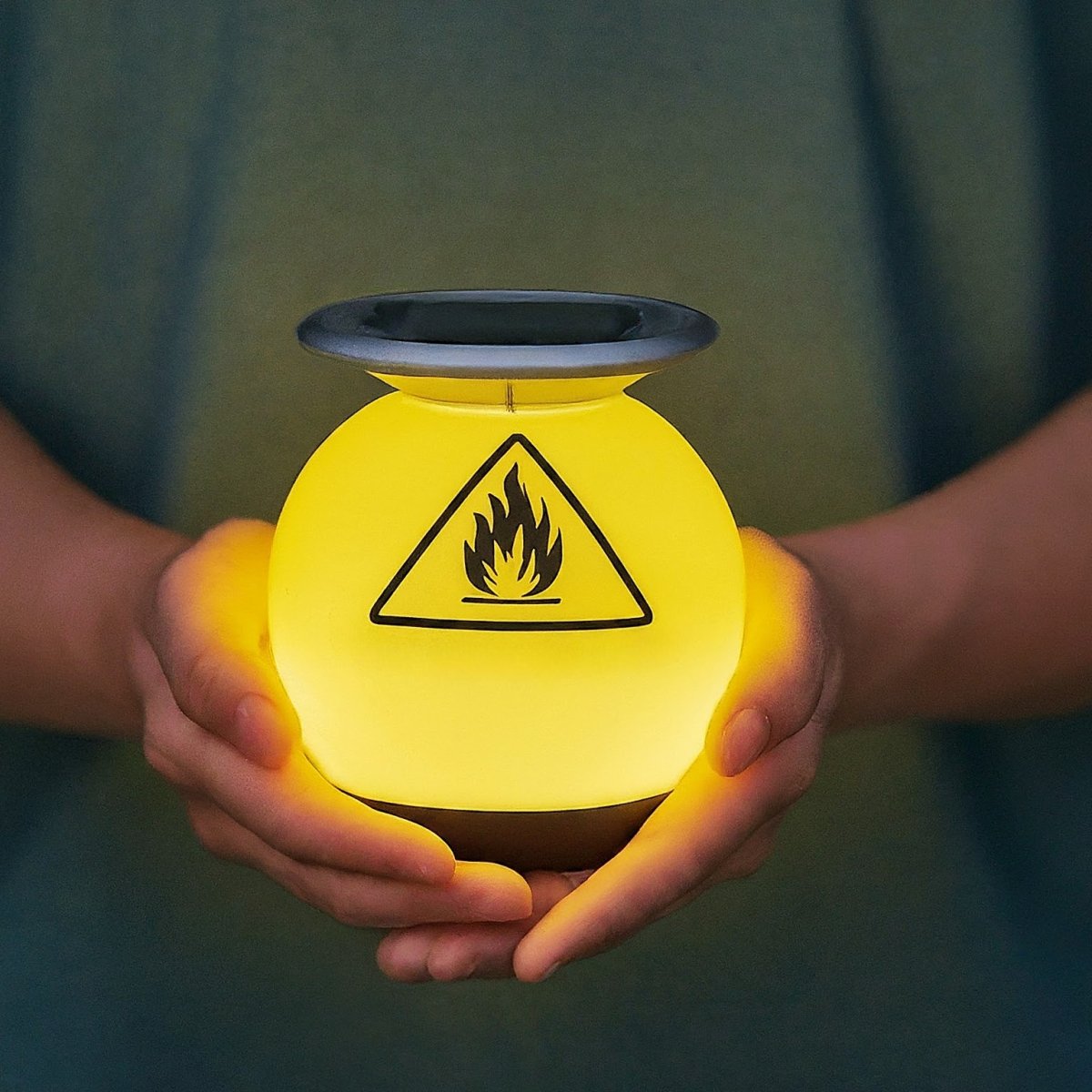Solar lights are one of the best, eco-friendly ways to light pathways and other parts of your outdoors. But what if the sun is not around? Overcast weather, short daylight hours, and being placed in a shaded area are all predicaments with regards to charging solar light sans direct sunlight. Fortunately, methods abound that will keep your solar lights powered anyway, and the use of LED technology within them has many more advantages in terms of efficiency and safety.

Charging Solar Lights Without Sunlight -How
Although solar-powered lights are designed to capture sunlight and convert the energy inside, some will have a few other options to charge them:
Indirect sunlight: All solar lights still charge in indirect sunlight; it's just a bit slower. Keep your lights in a position to get most of the light, even on overcast days, so that it keeps the charge.
Artificial light could come from the LED light bulbs or incandescent lamps that one finds indoors. Just place the solar panel under a powerful light source for a few hours to juice it up. While this will, of course, be less effective than direct sunlight, it can definitely provide enough energy to keep your lights going.
USB Charging: Many solar lights today have the USB as an alternative charging means, using power banks, laptops, and other USB power sources. In this way, you will be sure that the lights are charged, ready for use if sunlight is not available in certain instances.
Are LED Solar Lights Better and Safer?
LED solar lights are good alternatives for many different reasons, including:
Energy Efficiency: LEDs need much less energy consumption than any other conventional bulbs, which is of immense importance in employing solar-powered gadgets. They require lower power to light up, therefore making the energy stored in the solar battery last longer.
Long life: LEDs can outlast other light sources like bulbs of incandescent and fluorescent lights, reducing replacement costs.
Safety: LED solar lights, by nature, have an operating temperature lower, thus minimising the chances of overheating and fire hazards. Outdoors, they are so much safer, even over a longer period.
Bright, flexible, yet low power consumption. LEDs are available in a huge variation of color temperatures-from warm to cool-so you can choose the one that best describes the mood of your outdoor space.
Conclusion:
Solar lights can be charged, but it is less efficient without direct sunlight. Artificial light and USB charging are ways to still give your lights the energy that they need to be constantly on through cloudy days or seasons of winter. Also, LED solar lights are also energy-efficient and safe to use with durability; hence, they are the best option for every outdoor lighting purpose.




1 comment
Vivek pathania
How to charge 30watt solar flood light